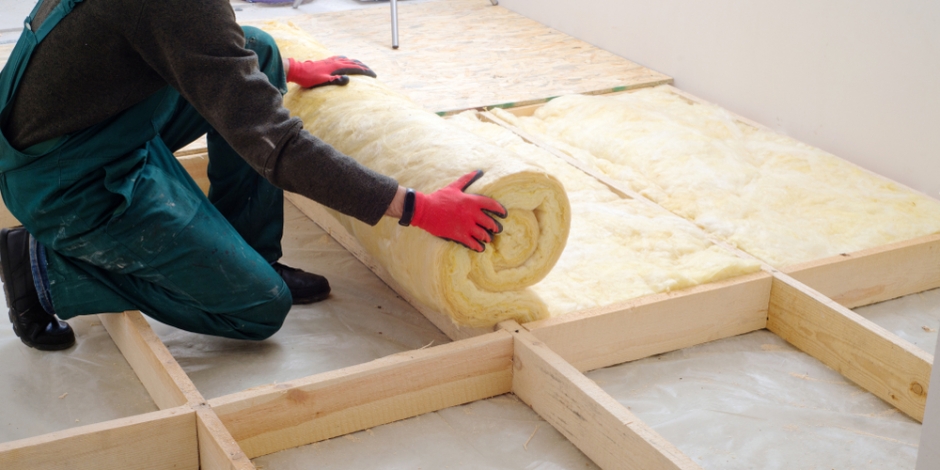
Healthier indoor air. Fewer allergies in your home.
Is upgrading your insulation the right solution for you?
When you think of air pollution, what’s the first thing you think of? Is it the smog that hangs over Charlotte? Did you know that indoor air often contains far higher concentrations of pollutants than outdoor air? In fact, for many people suffering from health issues related to poor air quality, it’s from the air they breathe in their homes, not the air outside.
When homeowners in the greater Charlotte area come to us with concerns about their indoor air quality, we often find that the underlying cause can be linked back to their insulation. Today, let’s explore how home insulation can affect your indoor air quality.
What are the Signs that I’m Suffering from Indoor Air Quality Issues?
Have you been wondering, “Why do I always sneeze at home?” Is your house always dusty? Indoor air quality-related problems with your home can present themselves in many ways.
Health symptoms of poor indoor air quality include:
Redness or irritation of the eyes, nose, or throat
Headaches, dizziness, and nausea
Fatigue or shortness of breath
Increased allergies or asthma
Coughing and sneezing
So what does insulation have to do with this? Well, insulation can play an important role in the underlying causes of poor IAQ. Here are a few of the insulation issues you could have going on in your home that you might not even realize.
Mold Growth from Wet Insulation
If moisture or humid air gets into contact with your home insulation, not only can it affect the ability of your insulation to offer thermal protection for your home, but it can also provide a place for mold to grow. Mold growth, whether it’s on your attic insulation, behind the walls of your first or second floor, or down in your basement or crawlspace, is one of the main causes of unhealthy air in a house.
Pest Infested Insulation
The other common IAQ issue we can trace back to insulation is when rodents, mice, squirrels, or insects get inside your home. These critters are drawn to insulation, often to nest, but sometimes to eat as well. Pest-compromised insulation won’t keep your home as warm in the winter and cool in the summer. They can also leave behind waste, which creates their own health hazards.
Air Leaks
It’s hard to talk about insulation without talking about air sealing. The two go hand in hand, and many insulation types are significantly less effective when exposed to moving air.
Not only does your insulation work better when the tiny cracks and gaps in your home are sealed up, but you’ll also be preventing outdoor contaminants like pollen and other allergens from getting inside, where they’ll become a bigger issue in the confined spaces of your house.
Get Help for Your Home with the Best Indoor Air Quality Company Near You
Before you pony up for the cost of an indoor air quality test—which might only tell you that air pollutants exist in your home, not where they’re coming from—find out if your home’s insulation might be the underlying cause.
With a free home energy analysis from Standard Insulating Company, you’ll get an in-depth inspection and test of your home and our recommendation as to whether your home could benefit from removing and replacing old insulation and air sealing. These kinds of home improvement upgrades will not only help improve your indoor air quality, but they can make it more comfortable in your home and help reduce your heating and cooling bills as well.
